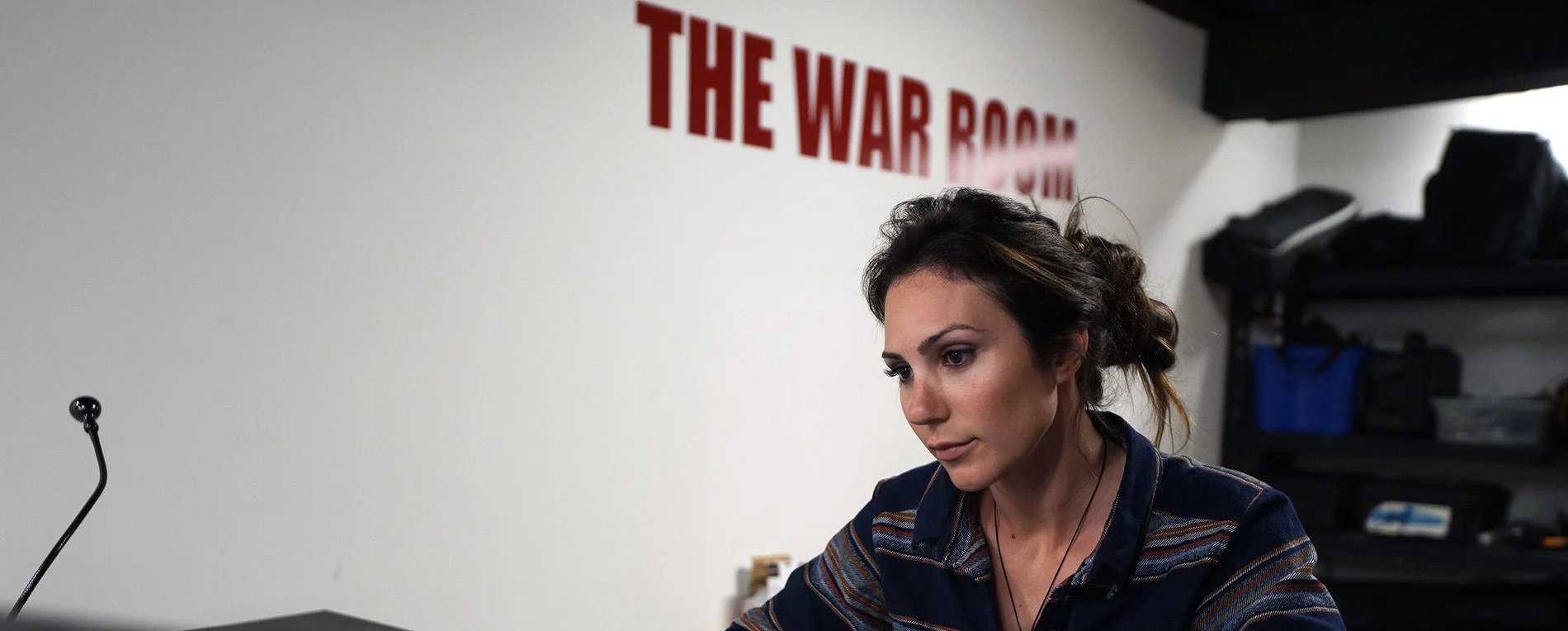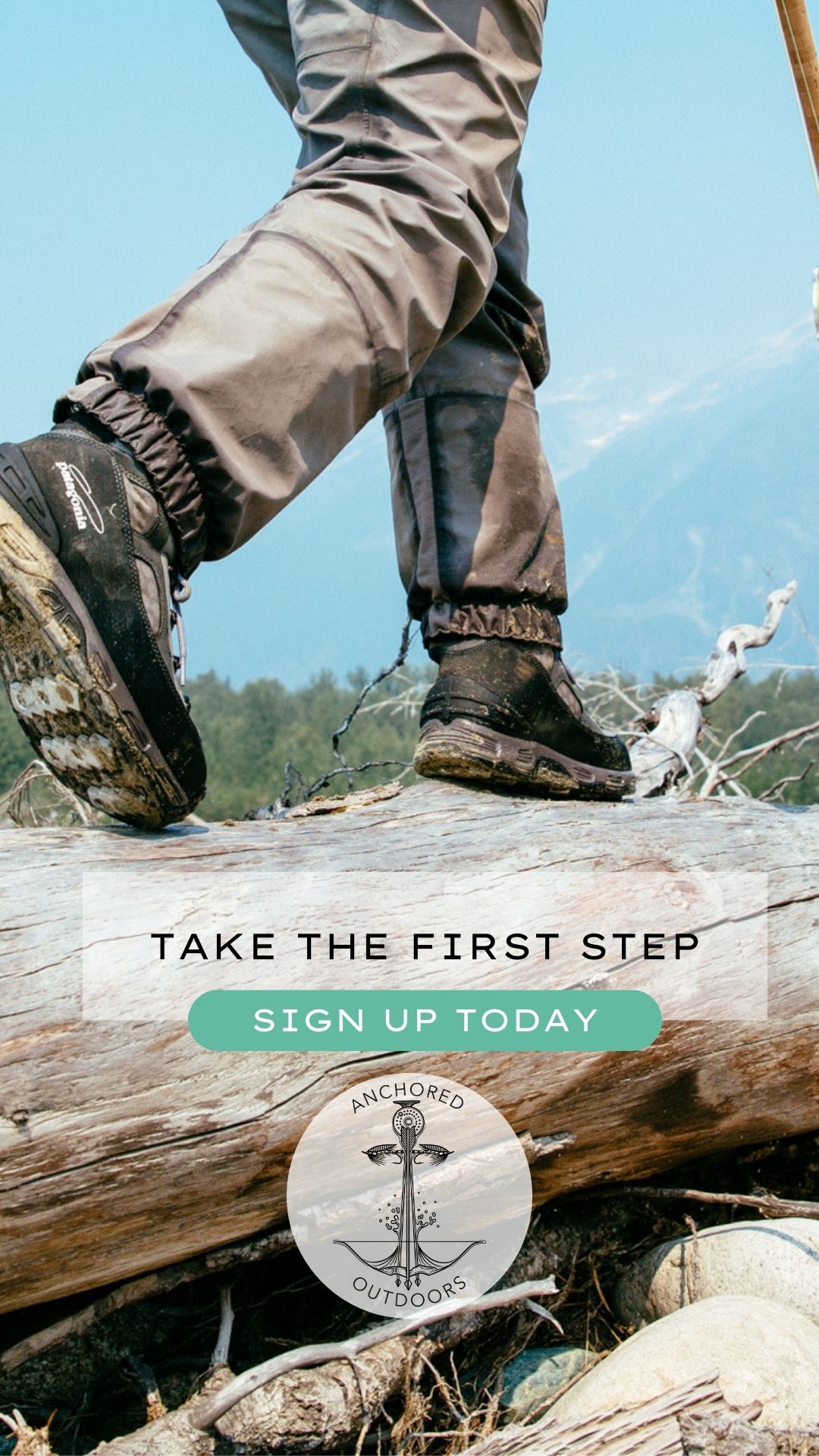I am the owner of a 50 inch plasma television that sits perched on a storage unit shelf in a cardboard box. At least I think it’s still there – I’ve never taken the damn thing out of its wrapping.
I’m just not a television girl and, honestly, up until I got married I vowed I would never own one. An old movie theatre is one of my favourite treats to indulge in and the internet pretty much serves all my other curiosity.
So when the time came to write a television series, I would be bold-faced lying if I said that I wasn’t intimidated through to my core. In fact, the last fishing television show I watched was Mark Pendlington on one of his first seasons (I’m aging myself here for you.)
Truthfully, the dull lodge promo was hurting my head, the bikini babes just made me want to starve myself, and the “fish porn’s” flashing images edited to loud music just didn’t seem so cool anymore – I casually chalked it up to me becoming a grumpy old fart who would rather read and let my mind create accompanying images instead.
A part of me contemplated researching other series; learning how a show should be orchestrated. But I was elbows deep in a book called Blue Ocean Strategy and couldn’t bring myself to muddy my mind with other people’s visions. Through my company, experience, and reading, I’d learned that the world of business was appropriately referred to as a red ocean; businesses fighting each other for the same market with cutthroat strategies involving clawing and scratching to achieve success.
When I was eighteen years old, I had mapped out where I wanted to be in this industry and I had deliberately walked around the blood red ocean to step peacefully and creatively into the clear blue waters of my very own sea. I wasn’t willing to step out of the tranquil blue – even when it came to television. I refrained from trying to follow the trail, comfortably paved as it may currently appear.
And so the work began. I had a vision, a message that I wanted to share, and this message was what drove me to the planning (while trying to plan a wedding at the same time.*) The show was to be based around our history, conservation, elders, tricky steelhead and Atlantic salmon… basically, everything I had been told would never succeed in the high impact, drama driven world of television today. So with eyes on the road, I shut out the naysayers and just kept writing. We began the BC shoot two days after my wedding* – eyelash extensions*, patient husband, and all. We were on a mission.
* Not recommended
I will never be able to thank VP Media House enough for their continued faith in me…

I’d partaken in the occasional series before and realized that the average amount of time allocated per episode is 3 days – hell, I’d even done a whole series once in seven. Television business is based on $$$ and I get that, I just didn’t know how I was supposed to get to everyone I needed to visit in that amount of time. We finished the ten part episodic series in just under 50 days and it took months and endless sessions of writing, recording, submitting, editing, and fighting the “powers that be” to maintain our message as best we could.

In the peak of fishing season, I had to not only read the history but also try to track down my interviewees and commit them to several hours off the water – not an easy task. Let alone having to sacrifice fishing time of my own to make interview appointments and keep my subjects comfortable enough to open up to me (not the sort of thing that can be done in mere minutes).
Much of our footage will likely never be shown and unfortunately some of our interviews had to be cut out entirely. Before commercials, we get less than 24 minutes of actual airplay and it was just impossible to fit the amount of footage we had into this slot.

I plan to post some behind the scenes on my blog and hope that you will enjoy learning about our incredible sport as much as I have. Thank you to everyone involved in this series and to all of you who helped make this possible by following these adventures.

VP Media cameraman (and 100% gentleman), Yoshi Aoki.
I simply had to visit the Heritage Park Museum in Terrace. The history here is amazing!
The old settlement was a hunting/fishing lodge from the early 1900’s. It’s believed to be the first fishing outfitter in the area. There’s even an old dance hall where women would travel from across the province to source out eligible bachelors!
The amount of work put into the homestead is astonishing.
Interviewing curator Kelsey Wiebe to learn more about the settlement.
Riverboats were a major part of Terrace’s economy.
The first store in 1912!
Imagine this driving through down these days!?
Love these!
Kinda looks like my cabin on the Dean (pee tin included)!
Luxury!
Next we were off to visit with friend and long-time Terrace guide/resident, Noel Gyger.
Noel’s home is like a fishing museum. Books, albums, photos, videos, charts and graphs… Noel has been documenting fishing in the area for decades! Check out his report here.




































